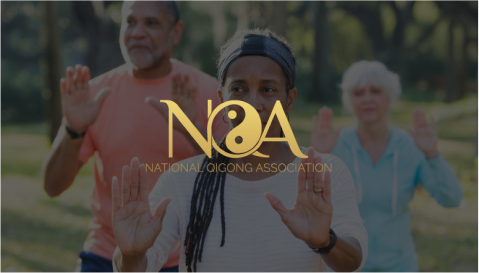Perhaps the greatest benefit of acupuncture is that this form of medicine has been practiced for thousands of years and has been specifically used to increase circulation for centuries. At the bedrock of this medicine are the techniques used to stimulate sympathetic responses resulting in blood vessel dilation and increased blood flow. Maybe a simpler way of explaining it is to say acupuncture stimulates energy pathways in the body, thus enhancing blood flow.
Poor Circulation Causes & Symptoms
A lack of blood circulation can lead to a whole host of other health issues. Our blood carries vital nutrients throughout our bodies, including oxygen, nutrients absorbed from food, and even hormones, without which we would be depleted and our organs would ultimately stop functioning properly altogether.

Peripheral artery disease (PAD) is just one consequence of poor circulation, and it is estimated that nearly 1 million Americans suffer from this each year, with more than 5% of people 70 or older diagnosed each year. Signs of poor circulation include varicose veins, muscle cramps, swelling, sores, edema, numbness and tingling, and cold or discolored hands and feet.
Causes of poor circulation can include excessive cholesterol in the arteries, obesity, diabetes, smoking, alcoholism, stress, and poor lifestyle choices like improper diet and little to no exercise. A western approach addresses poor circulation in a variety of ways, including through prescription medication, angioplasty, stents, and in the most severe cases, amputation. But there are other ways to support your body’s circulation.
Acupuncture to the Rescue
Traditional Chinese Medicine theory uses acupuncture, acupressure, and herbal formulations to support circulation. The difference is that acupuncture isn’t just looking to treat the symptoms but seeks to address the root cause. And there are little to no side effects with acupuncture treatment.

Acupuncture also uses herbal formulations and modifications in diet to address certain concerns. For example, foods like garlic, turmeric, cayenne pepper, and ginger can impact those suffering from poor circulation. However, you will want to talk to your acupuncturist first and come up with a game plan, especially if you are already on blood thinners for a circulation problem.
A 2016 study that looked at acupuncture and its effect on neuroregeneration in ischemic stroke. Researchers concluded that acupuncture was shown to “activate relevant brain regions and regulate multiple signaling pathways that lead to excitotoxicity, oxidative stress, inflammation, neuronal death, and survival after interruption of blood supply.” This study also found that acupuncture may play a key part in a stroke preventive strategy as well. And other studies have also found acupuncture to play a positive role in increasing blood flow.
If your body needs support in circulation, call your acupuncturist and set up an evaluation. A thorough health history will determine just how acupuncture and herbal solutions can help support your body’s blood flow.

Care Consideration: Just a reminder that the above information is not a substitute for medical care and is not a substitute for medical advice or recommendations from a healthcare provider. This information is not intended to treat, mitigate, or cure any disease. That said, we encourage you to connect with an Acupuncturist in your community to learn more about this and other Traditional Chinese Medicine options. If you’ve got questions about Chinese herbal medicine or getting started with an Acupuncturist, feel free to connect with us at hello@mydaolabs.com.
















